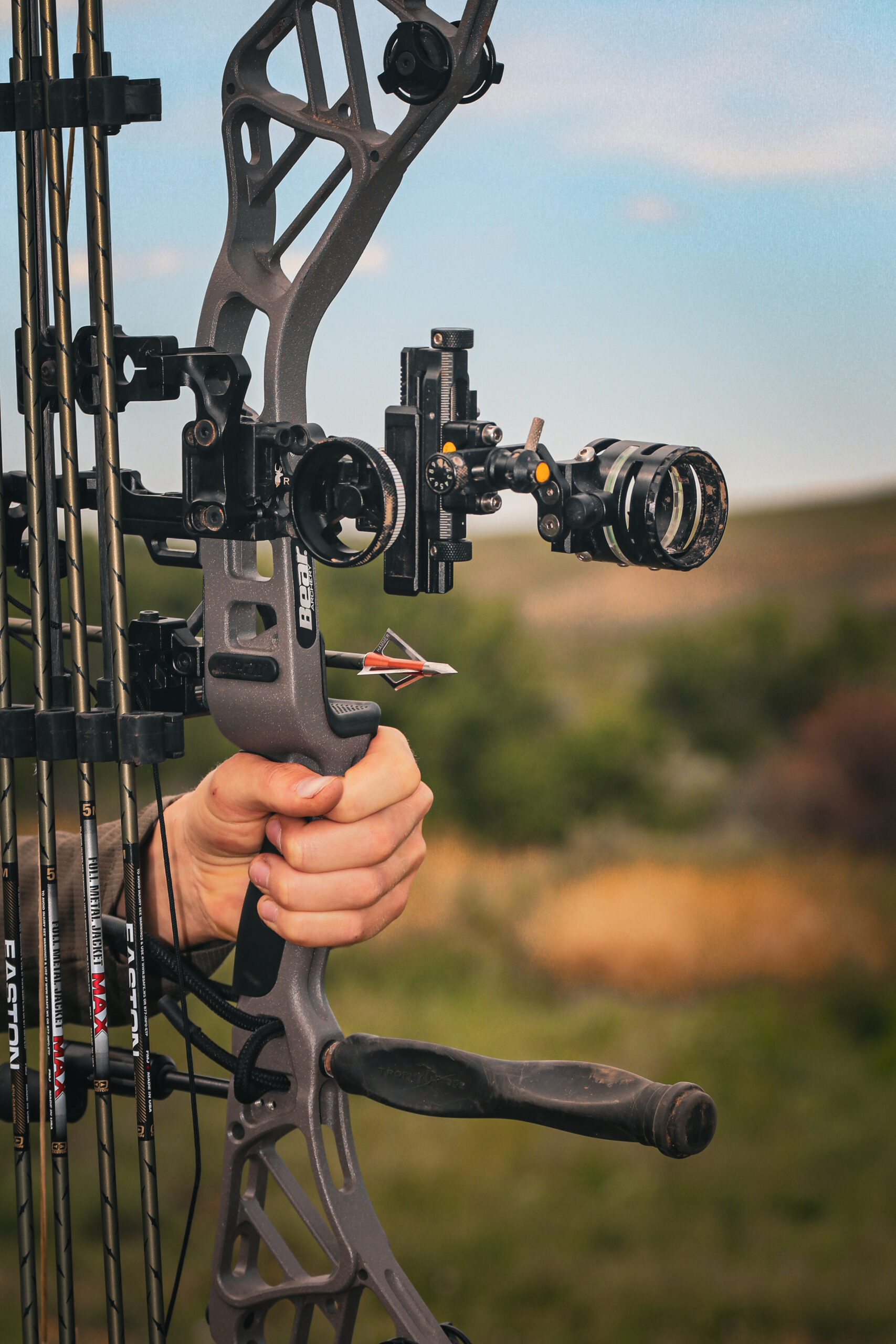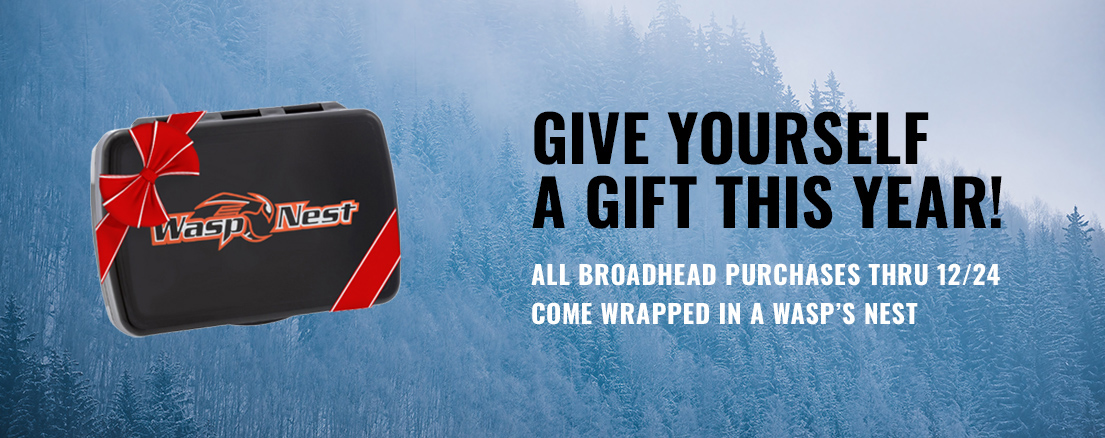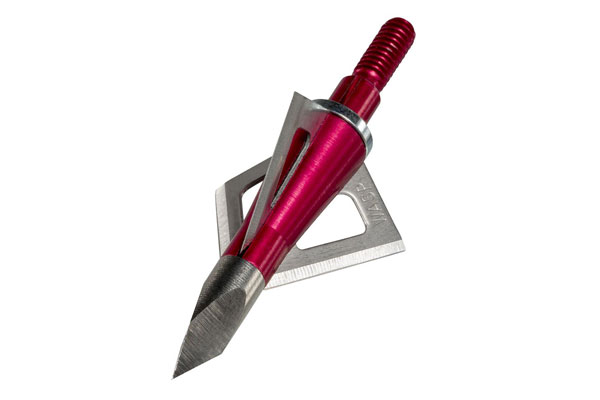How to Beat Target Panic
Many bowhunters eventually deal with a target panic issue. Here’s how to fix it
The buck of a lifetime is walking down a trail that parallels your stand at 33 yards. The closer he gets, the bigger he looks—and the more you doubt your ability to make the shot. You draw just before he’s in the open, and then stop him with a quick bleat. But your thoughts are racing, and you’re focused on seemingly everything except making a good shot. You lower your 30-yard pin to the top of the buck’s back and simultaneously punch the trigger. The arrow sails over the buck’s back.
You knew better, but it was as if the shot was out of your control. If you’ve shot archery long enough, you’ve likely experienced the mental phenomenon that can cause just such a calamity. The archery community calls it “target panic.” Let’s discuss what it is, how it comes about, and some practical remedies to help beat it.
WHAT TARGET PANIC IS, AND HOW IT HAPPENS
Target panic can manifest differently from one bowhunter to the next. Fundamentally, it is a mental disconnect between what you know you need to do to make a shot and your ability to actually carry it out correctly in the right order. For some folks, target panic only happens when shooting at an animal. Others have it so bad that they can’t get their pin on the target at 20 yards without punching their release-aid trigger and bouncing an arrow off the top of the target.
Several things can cause target panic to creep in. One is having a negative experience with a consequence. Maybe you missed that big buck and it is eating you alive, or you shot over a 3-D target and whacked a tree while all of your buddies were watching over your shoulder.
Target panic can slowly become worse over time. Often this happens because of shooting too frequently, leading to muscle exhaustion. This makes you susceptible to poor form and bad habits, thereby squelching your accuracy and robbing your confidence.
Another reason archers develop target panic is pin movement. A shaky sight picture and difficulty in holding the pin exactly where you want it causes many archers to freak out and rush the shot. If you don’t have complete control over your entire shot process, regardless of outside influences (wind, adrenaline, an audience, a shaky sight picture, etc.), you have some form of target panic. Whether you have a small dose of it or it is so bad that you’re contemplating quitting bowhunting, the first vital step in beating it is to admit you have it and then try the following cures.
BLANK BALE SHOOTING
Many who’ve suffered from target panic have found victory by first eliminating the bull’s-eye from their target, which allows them to refocus on perfect shooting form. With a large bag or block target that you can’t miss from 5 yards away, run through proper back-tension shot execution, but without aiming. Draw back, settle in, apply your finger or thumb to the trigger, and then push and pull until the bow fires. This eliminates the aiming process, which allows your mind to focus entirely on shot execution and not at all on where the arrow hits. If you don’t want to shoot with your eyes closed, you could alternatively remove your sight from your bow. Doing this a dozen times daily for a couple of weeks should give your mind enough positive reinforcement to take the next step and re-introduce aiming (only aiming, not shooting) to your routine.
AIM WITHOUT SHOOTING
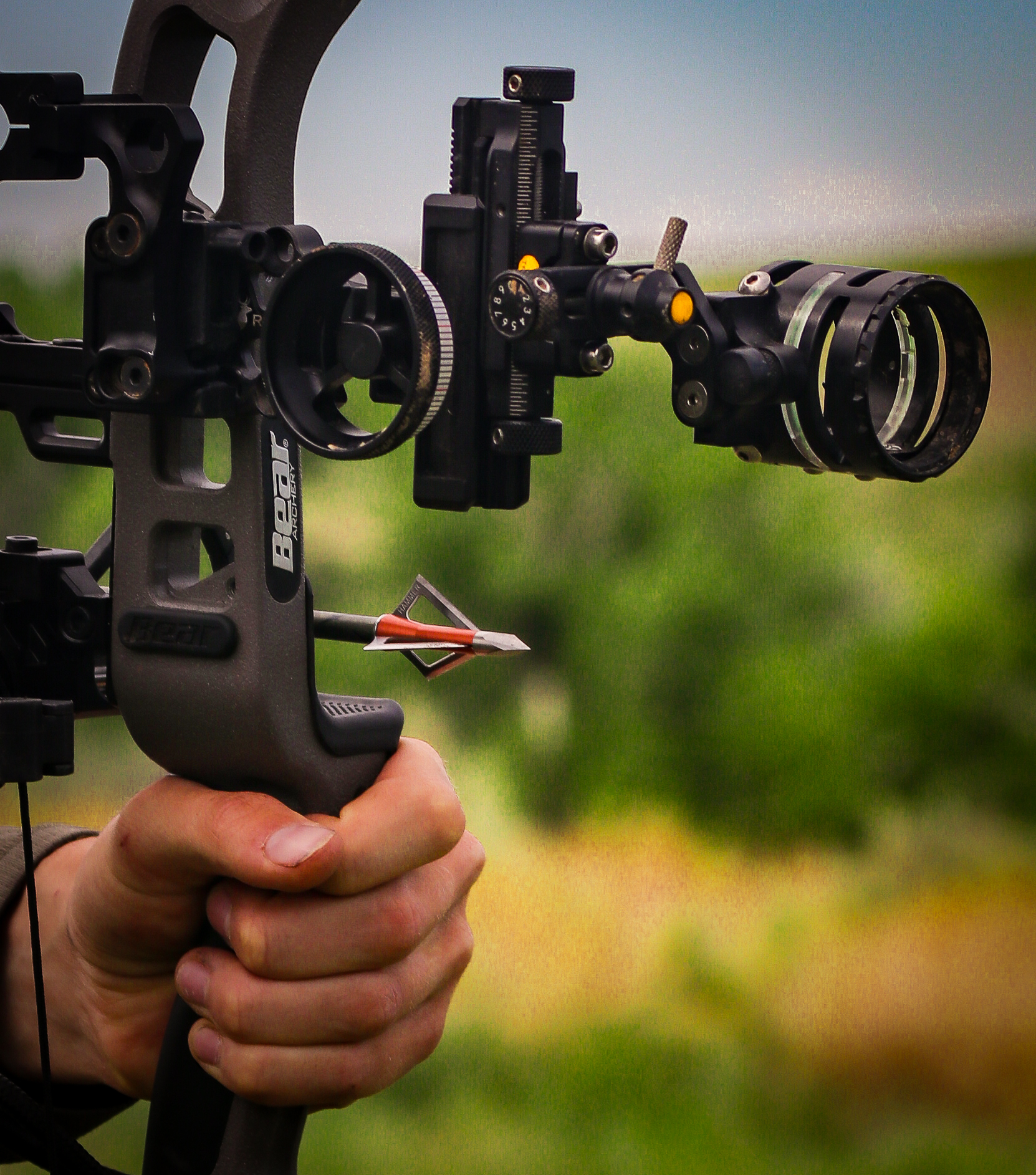
Confidence in aiming, and in your broadhead flight, equates to increased confidence in the woods.
Even after mastering the previous step, introducing aiming back into the process can be frightening. You’re afraid the target panic isn’t truly gone or that it will return. That’s why it’s a good idea to draw back and aim at a dot or deer vitals without your finger or thumb on the trigger, hold there, get used to the pin movement, and then let down without shooting.
With your release trigger set heavy, the next drill is the same, but now apply your finger or thumb to the trigger lightly enough that the release won’t fire. Do not shoot! Remove your finger or thumb and let down. If you cannot do that and still punch the trigger, you still have target panic and should return to blank-bale shooting.
REBOOT AT CLOSE RANGE
If you’ve made it this far, you’re on the road to recovery and ready to run through the entire shot process. But the last thing you should do is step back to 40 yards and start flinging arrows. Instead, begin at 5 yards. Draw back, put your top pin on the bull’s-eye, disregard the pin movement (that’s normal and every bowhunter deals with it), and execute the shot with proper back tension. Shoot only a few arrows at a time, rebuilding your confidence before you attempt to shoot farther. Do this for a few days, and then back up to 10 yards and repeat the process in 5-yard increments. This step takes time, but slow repetition is essential for a successful outcome.
SWITCH RELEASES
Some people have a harder time breaking a habit than others, and if you can’t recover from target panic using the previous steps, sometimes the only way to stop punching the trigger and get your mental game back is to switch to a different release. If you’re currently shooting an index-finger release, consider switching to a thumb-trigger release. If you’re punching a thumb trigger, switch to an index-finger release. Some folks even go to a target release, such as a hinge or resistance-activated release, which eliminates the trigger—you can’t punch them. At first, shooting with a completely different release might feel uncomfortable, but it could be the catalyst that breaks the target-panic cycle and rebuilds your confidence.
POSITIVE REINFORCEMENT, POSITIVE RESULTS
Some pressure on the range can be beneficial in the woods. But not when you’re trying to fix target panic. If you shoot with buddies who make fun of you when you punch the trigger or miss a target, stop shooting next to them. You must remove all negativity from your practice because positive reinforcement can repair confidence; negativity will only tear it down. Surround yourself with people who encourage you even when you don’t execute your shot quite right or miss the target—that happens to even the best archers sometimes.
Once you’re confident, bolster that confidence by practicing like you hunt. If the first time you draw your bow while wearing camo and shooting from a treestand is when you hunt, you can count on those influences negatively impacting your confidence, and the discomfort could cause you to get flustered and rush the shot.
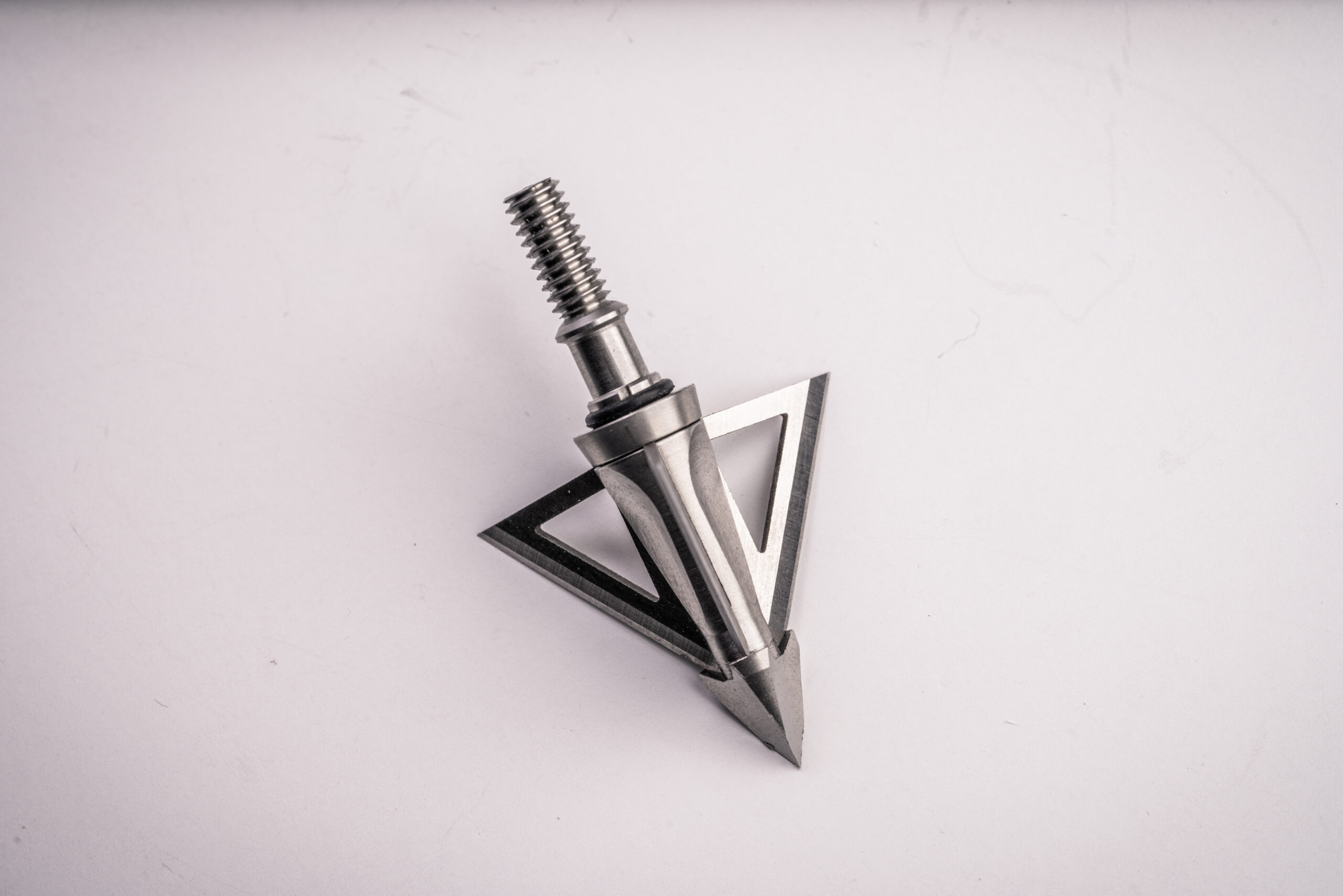 Lastly, don’t forget to practice with your Wasp broadheads. Even though our fixed-blades, such as the Mortem, and mechanicals, such as the Jak-Hammer, fly extremely well, you’ll have the peace of mind from seeing and believing that your broadhead-tipped arrows hit where you want them to. Confidence is the key to well-placed shots on game animals, and if you’re struggling with target panic, you’ll lack confidence. Take ownership of your target panic now, and take the steps outlined here to get on top of it. That way, when that big buck steps into your shooting lane at 33 yards, you’ll have the confidence to fill your tag.
Lastly, don’t forget to practice with your Wasp broadheads. Even though our fixed-blades, such as the Mortem, and mechanicals, such as the Jak-Hammer, fly extremely well, you’ll have the peace of mind from seeing and believing that your broadhead-tipped arrows hit where you want them to. Confidence is the key to well-placed shots on game animals, and if you’re struggling with target panic, you’ll lack confidence. Take ownership of your target panic now, and take the steps outlined here to get on top of it. That way, when that big buck steps into your shooting lane at 33 yards, you’ll have the confidence to fill your tag.
SIDEBAR: INTRODUCING THE WASP SHARPSHOOTER CBW
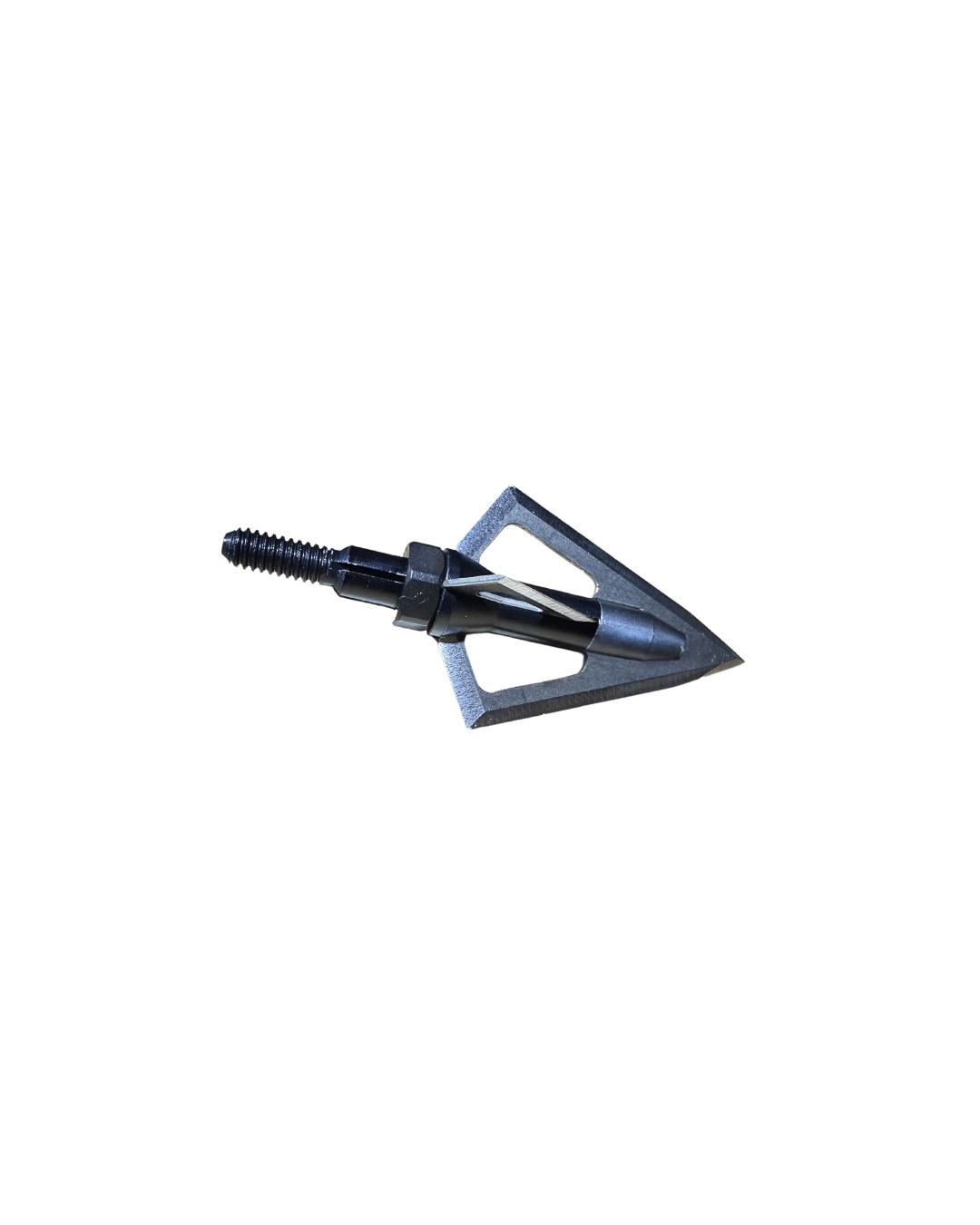 Bowhunters who prefer the rugged reliability of a cut-on-contact broadhead now have a new option in the Wasp Sharpshooter CBW, which stands for Cuts Both Ways. Based on the highly popular Sharpshooter, the Sharpshooter CBW is available in both 100- and 150-grain weights. The main blade is 0.40 inches thick, with a 1-inch cutting diameter, and features the CBW edge. Optional 0.27-inch bleeder blades can be used as well, and they add 5 grains to the total broadhead weight. Learn more about this new broadhead here.
Bowhunters who prefer the rugged reliability of a cut-on-contact broadhead now have a new option in the Wasp Sharpshooter CBW, which stands for Cuts Both Ways. Based on the highly popular Sharpshooter, the Sharpshooter CBW is available in both 100- and 150-grain weights. The main blade is 0.40 inches thick, with a 1-inch cutting diameter, and features the CBW edge. Optional 0.27-inch bleeder blades can be used as well, and they add 5 grains to the total broadhead weight. Learn more about this new broadhead here.
— Story by Wasp Archery Staff
View All Posts